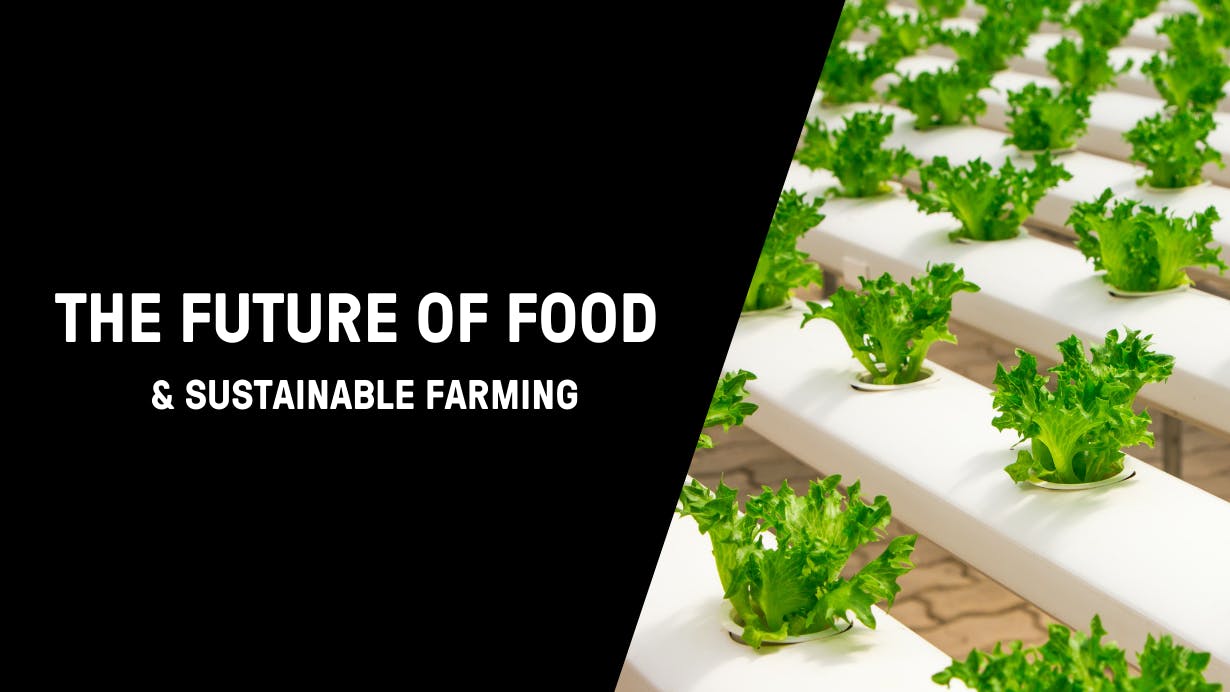
Our February event The Future of Food and Sustainable Farming was moderated by Julia Waite, Head of Operations at SproutX.
Julia was joined by a distinguished panel of guest speakers from some of Australia’s leading Agtech startups:
Conrad Smith, CEO, Stacked Farm
Tim Noakesmith, Founder & CCO, VOW
Kevin Baum, CEO & Co-Founder, AgriWebb
Geraldo Caspary, Australasia Country Manager, MagrowTec
The panel delved into the hotly debated issues surrounding traditional farming practices, offering insights into the pioneering solutions they have engineered and begun to implement.
Stacked Farm
Stacked Farm is Australia’s first end-to-end automated, indoor vertical farm. From seed to transport, leafy greens to livestock feed, their produce is pesticide and hormone free, and completely untouched by human hands.
Sustainability was a key driver for Conrad. His vertical farming techniques use 95% less water than traditional methods and enables crops to be grown and harvested from within formerly unimaginable urban environments. This promotes local value food chains and significantly reduces supply emissions.
The very nature of a controlled environment means future produce is less vulnerable to external factors such as drought and bushfires as the world’s climate becomes increasingly unpredictable.
MagrowTec
MagrowTec’s patented technology significantly reduces waste associated with conventional pesticide applications.
As Geraldo explains, currently 70% of pesticide spray does not reach its intended target, instead drifting airborne or running off into rivers, where it can have a devastating impact on nature. Improved efficiency means “producers no longer have to compromise between profitability and environment”.
It’s also great for water conservation, reducing usage by 25-50% and leading to considerable savings for producers. This is particularly important in countries such as Australia where the price of water is volatile.
For Kevin, harvesting and utilising agricultural data is at the heart of the matter.
AgriWebb
Using AgriWebb’s software, farmers can digitise daily farm records, allowing them to make data-driven decisions and plan day-to-day operations with greater efficiency.
As he explains, “improved efficiencies will help both the farmer’s bottom line as well as reducing the impact on the environment”. Their customers are seeing an average increase in productivity of 7.5%.
Vow
Tim and his colleagues at Vow are focussed on “reinventing food from the ground up”.
In just six weeks, their technology can create real, ready-to-eat meat from a handful of animal cells. This directly tackles the environmental (and ethical) implications of livestock farming, as well as increased global demand for meat.
For Tim, changing our dietary preferences is key to future sustainability.
With the human population forecast to increase to 10 billion in the coming decades, we need to find a way to produce more food while simultaneously reducing our carbon footprint. “Ultimately technologies are going to outperform what animals can produce”.
The biggest challenges facing the future
When asked for the biggest challenges facing the future of food and sustainability, the panellists put forward the following:
- Conrad, Stacked Farm: Further reducing costs and increasing renewable energy usage in the production process.
- Geraldo, MagrowTec: Changing behaviour at a fast pace, using disruptive technologies.
- Kevin, AgriWebb: Overcoming aversion to change.
- Tim, Vow: How quickly we can bring about change to the people who really need it.
While all four have taken different approaches to tackling the future of food and sustainability, one thing they agree on is that there is no one solution.
Safeguarding the planet (and indeed humanity) against issues related to climate change, water scarcity and a rising human population will require the implementation of a combination of solutions.
Find out more
You can watch the full discussion on our YouTube channel here.
Join Stone & Chalk’s mailing list to stay up-to-date.
**Don’t miss out on our 42-page Capital Raising Guide for startups. **This guide explains funding stages, financing methods, pitching and government initiatives. It also contains additional resources and capital raising case studies. Download your free guide now!